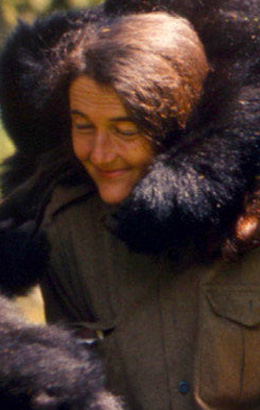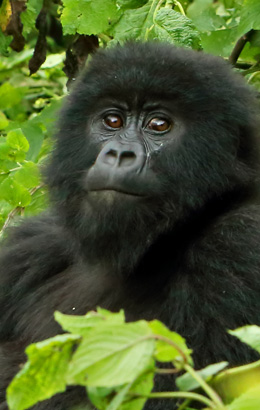Hopes high ahead of new mountain gorilla census
A new census of mountain gorillas is set to take place in the Bwindi National Park in Uganda, currently known to be home to around half the global population of the critically-endangered apes.
The last count, which was carried out back in 2011, revealed there to be around 400 mountain gorillas living in the park. Now, hopes are high that the upcoming count, scheduled to start in March, will show that numbers have risen steadily over the past few years.
In fact, given the number of babies born to gorilla families living within the National Park boundaries, some conservationists are even hoping that the figure could hit 500.
Even if the increase isn’t so dramatic, any rise will nevertheless be welcomed as proof that sustainable tourism, combined with a community-focused approach to conservation, is paying dividends. As the executive director of the Uganda Wildlife Authority (UWA) Andrew Seguya says: UWA executive director, Andrew Seguya said: “Thanks to investment from tourism and national conservation efforts, the population figures are set to rise. We’re really excited to see the results of this census.”
Looking forward to the census, the Gorilla Organization’s Executive Director Jillian Miller adds that, as with in neighbouring Rwanda, the gorillas of Uganda are benefitting from increased investment in conservation efforts, combined with more awareness of their plight, both among local communities and worldwide.
“Not so long ago, in the 1990s in fact, mountain gorilla numbers were down to around 600 individuals – that’s right on the brink of being gone for good,” Jillian says.
“Our work in Uganda has allowed us to see how much progress has been made since then, and not just in terms of how much better protected gorillas are from poachers. By working closely with the communities living alongside the National Parks, we have been able to identify the root causes of why people cut down trees or put snares down on the forest floor. Thanks to this approach, we hope that this new census will show a marked increase in gorilla numbers, even if they are by no means out of danger yet.”
After the initial count of gorilla day and night nests, rangers and scientists working for the UWA will analyse genetic samples taken from the forest to ensure that no one individual or group is counted more than once. A second count will follow in October 2018 in order to get as accurate a number as possible.















